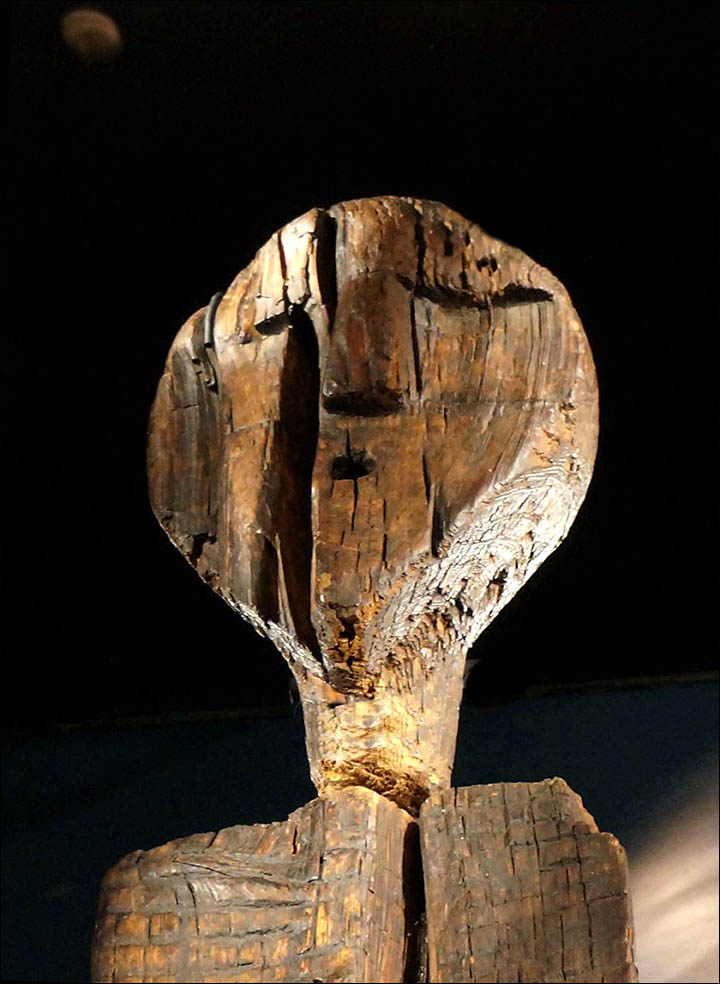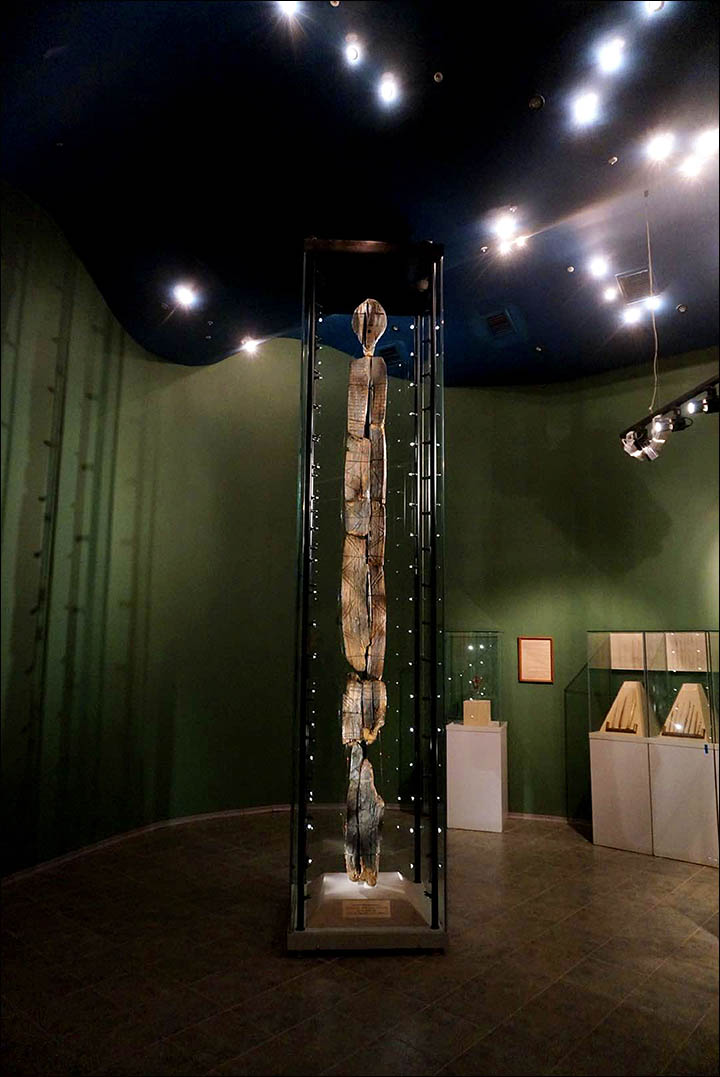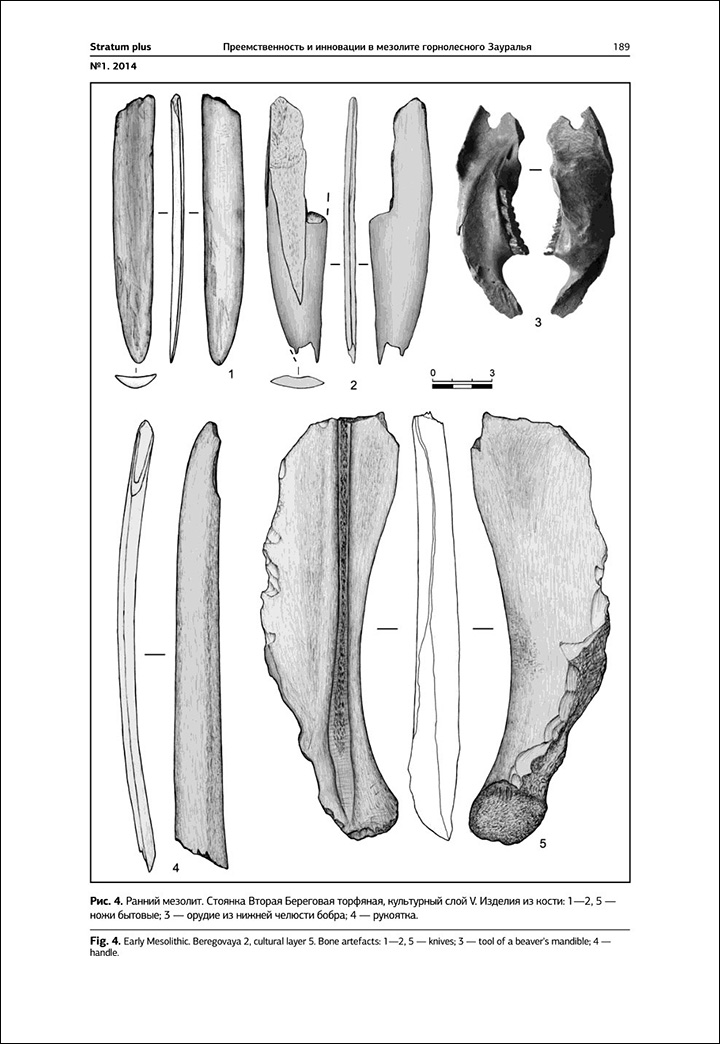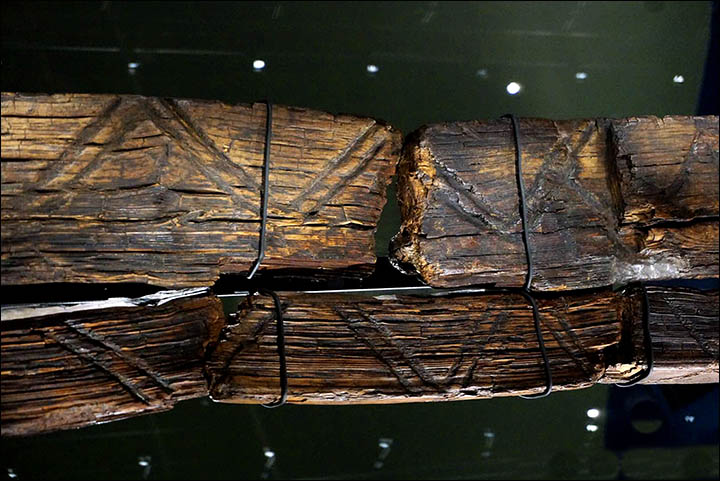
It’s getting to be a pretty beautiful time for beavers. We have wonderful stories floating out of Cornwall, Canada and California. Need icing on your cake? Rusty of Napa just photographed one of his beavers carrying a rock to reinforce the dam. Just remember you saw it here first!
After all the excited prodding to broaden the beaver started naturally in Devon, the Wildlife Trust used some crowd sourcing and pointed messaging to get some new beavers released on farmland there. Derek Gow was excitedly posting photos of the release of one of his yearlings and it looks like a hundred photographers showed up for the event.
Beavers have been returned to Cornwall after being hunted to extinction
A partnership between the Cornwall Wildlife Trust and the Woodland Valley Farm has now reintroduced them, hoping not only to bring back the much loved creature back to its natural habitat, but also help keep create new wildlife habitat.
 Farm owners, Chris and Janet Jones have spent three and a half years working towards the release, which they hope will help to combat severe flooding that the area has suffered over recent years and help enhance the wildlife.
Farm owners, Chris and Janet Jones have spent three and a half years working towards the release, which they hope will help to combat severe flooding that the area has suffered over recent years and help enhance the wildlife.
A Crowdfunder campaign was also set up to make sure that the project could go ahead. A total of £15,000 was raised to pay for the installation of the 650m beaver-proof fence.

Two European beavers, one male and one female, have now been reintroduced to the farm in Ladock near Truro.
Farm owner Chris said: “It was one of the best days of my life with the release of a pair of adult European beavers at our site near Ladock. The whole day progressed with excitement building up until we actually let the beavers out of their crates at 4pm, in bright warm sunshine.
“The beavers seemed to be enjoying exploring their new home, and the assembled witnesses were fascinated at having such a tremendous view of these normally shy and hard to spot animals.
“It has taken three and a half years to get this poi nt, and followed from my thinking about natural ways to reduce flood risk following the flooding incidents in Ladock in 2012. Cornwall Wildlife Trust has been brilliant partners in getting this project off the ground, and the Crowdfunding campaign, without which we could never have got here.”
nt, and followed from my thinking about natural ways to reduce flood risk following the flooding incidents in Ladock in 2012. Cornwall Wildlife Trust has been brilliant partners in getting this project off the ground, and the Crowdfunding campaign, without which we could never have got here.”
The results of the study are hoped to show whether beavers could help Cornwall combat flooding. If so, there could be a possibility of beavers once  again returning to their native land to live wild in Cornwall.
again returning to their native land to live wild in Cornwall.
Well, good luck to the second beaver brigade in Devon! Of course there would be important news about beavers from the home of my ancestors, because why the heck not?
Now on to the bigwig anthropologist in Canada who took some time to promote his upcoming TED talk to mention about Elephants and Lions to mention the animal the country should love best. And I’ll give you a hint. It ain’t the polar bear.
Going Wild with anthropologist Brian Keating
Honourary Conservation Advisor, Calgary Zoological Society and Adjunct Assistant Professor of Anthropology at the University of Calgary Brian Keating was the featured speaker at a very well attended event at Heritage Acres on the evening of June 9. His presentation, titled ‘In Our Backyard, The Last of the Great North American Plains’ was hosted by Livingstone Landowners Group (LLG). LLG board member Kevin Van Tighem acted as MC for the occasion.
Keating’s talk was interspersed with several videos that he narrated live, covering a small portion of his travels to over 49 countries, and one from his own riverfront yard in Calgary following the fearless construction efforts exploits beavers there. He also gave a warm recommendation for the book ‘The Beaver Manifesto‘ by University of Alberta Professor of Environmental Science Glynnis Hood. “Every Canadian needs to read this book, because the beaver represents us,” said Keating, explaining beavers change the landscape around them and create biodiversity.
HA! You don’t say, Brian. I think saying every Canadian should read it is thinking just a little too small, don’t you?
Here are the lovely promised rock-setting photos by Rusty Cohn of Napa, along with one of my all time favorites. I decided to do them as a gallery so you can see the sequence. Double click on a photo to see it full sized. And Thank you Rusty
And here’s looking at you, kit.






 ack to the surface, keeping the creeks cool.
ack to the surface, keeping the creeks cool.

 “
“

 is is a masterpiece, carrying gigantic emotional value and force,’ he said. ‘It is a unique sculpture, there is nothing else in the world like this. It is very alive, and very complicated at the same time.
is is a masterpiece, carrying gigantic emotional value and force,’ he said. ‘It is a unique sculpture, there is nothing else in the world like this. It is very alive, and very complicated at the same time. 





 In fall 1912, Aldo Leopold, then the newly appointed supervisor of the Carson National Forest, married Estella Luna Otero Bergere, a prominent daughter of Santa Fe. They moved into their new house, called “Mi Casita.”
In fall 1912, Aldo Leopold, then the newly appointed supervisor of the Carson National Forest, married Estella Luna Otero Bergere, a prominent daughter of Santa Fe. They moved into their new house, called “Mi Casita.”



































